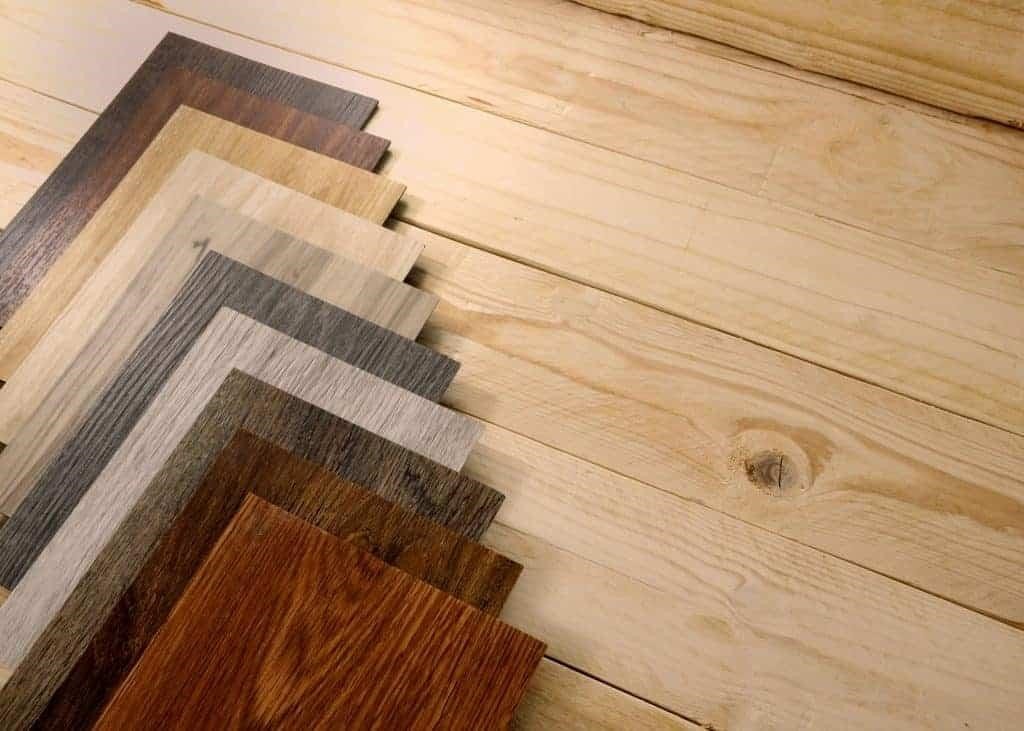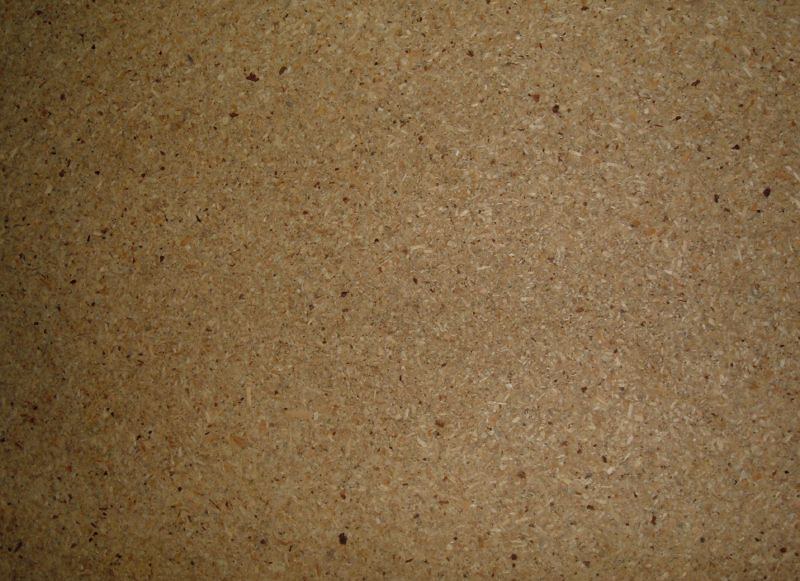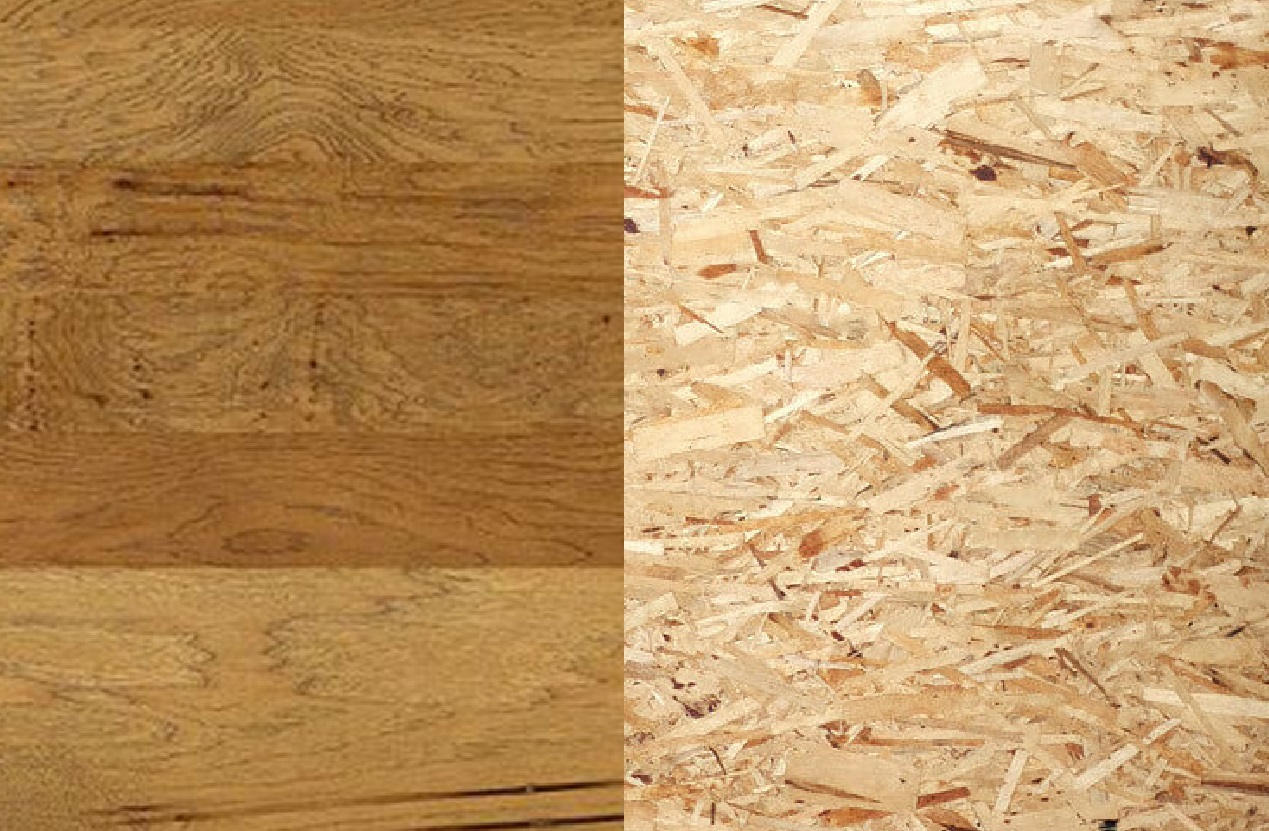If you often do woodworking projects, familiarizing different kinds of woods can give you the advantage of having reliable outputs. Engineered wood and particle board, in particular, are common materials used in several wooden projects. However, not everyone knows and understands the traits of these materials, thus, they cannot easily determine which one is more suitable.
In this discussion, you will learn the difference between engineered wood vs particle board in terms of their uses and drawbacks.
What is Engineered Wood?

Woods are one of the most essential construction materials. They are often durable, strong, and charming, although it cannot be denied that they can also exhibit some disadvantages. As time passes, the color of the wood can fade and may warp because of the changes in the moisture. These, along with other reasons, are why many woodworkers prefer to use engineered wood.
The engineered woods are man-made. These woods are also known as composite woods and they are considered the best alternative to hardwoods. Furthermore, these woods are formulated by combining numerous wood layers through powerful glue, heat, and pressure. This process creates a substantial wood that is tougher, more versatile, and more durable compared to regular wood.
What are the Advantages of Engineered Wood?
Engineered wood gets its popularity from its numerous advantages. This wood is made to lessen the problems related to moisture which is common in solid hardwood. It has layers that obstruct moisture and offer additional stability. It does not warp, too – which means that it does not involve high maintenance.
Moreover, engineered wood is known to be more environmental-friendly compared to conventional solid hardwoods. It involves slicing of veneer rather than cutting it with a saw. It only means that there are now sawdust created. The sawdust developed when formulating solid hardwoods is devastated wood.
What are the Disadvantages of Engineered Wood?
Engineered woods are not perfect as they also exhibit several disadvantages. Comparing them to solid hardwoods when it comes to cost, they are significantly pricier. Given that fact, the biggest thing that you should go away from is secondary manufacturers of engineered products.
Also, very thin veneers may take away sanding as well as the opportunities to refinish. You should know already that refinishing is supposed to lengthen the lifespan of the wood. Moreover, these extremely thin veneers when not created properly can fade or warp early.
The core layers should be designed with excellent quality woods. However, some manufacturers may cut the corners through fiberboards which may risk stability. Engineered woods are also not waterproof. This means that if they are soaked, they can bend and warp.
The use of engineered woods may also trigger health issues. Some people may develop reactions to the kind of adhesives used when binding layers.
What is Particle Board?

Particle board, on the other hand, has gained popularity due to its affordability and versatility. You can find it commonly used when making furniture, partition, and paneling. It can make a great alternative to plywood – that is if you want to reduce your expenses. Nowadays, veneered particle boards and laminated particle boards are very popular as they can beautify the room.
A particle board is also called chipboard. It is a kind of manufactured wood that is built from actual wood components although processed into a sheet or board. Shavings, chips, and wood scraps are used to create them.
What are the Advantages of Particle Board?
Particle board is known for its several advantages. If you want to use an affordable building material, particle boards cost lesser than plywood. It is both flat and smooth. This is the reason why it is ideally utilized for surface application which will be noticeable once the construction is done.
When it comes to physical damage, particle board works affirmatively. It has enough ability to resist impact and endure physical damage. Furthermore, it is fairly lightweight. It may not be the lightest material in construction, however, it is surely lighter when compared to solid lumber.
Another advantage of particle board that many do not know yet is that it is good at the insulating sound. This is the reason why you will commonly see it in theatres and recording studios.
What are the Disadvantages of a Particle Board?
Although particle board has several advantages, you should also learn its disadvantages.
The biggest drawback in using particle board is its inability to hold a lot of weight. This is the reason why you should not use it for load-bearing applications. Furthermore, it easily penetrates moisture. When exposed to little moisture, it can literally dismantle.
Another thing you should know about particle board is that it is often formulated with formaldehyde in the resin. The resin may crumble and produce noxious gasses in your house over time.
Conclusion
Engineered wood vs particle board – these materials are both good. However, just like other construction materials, they also have some limitations and disadvantages. It would be good if you take the time to learn the advantages and disadvantages of these materials so you will know which one to use and when to use them.

Leave a Reply